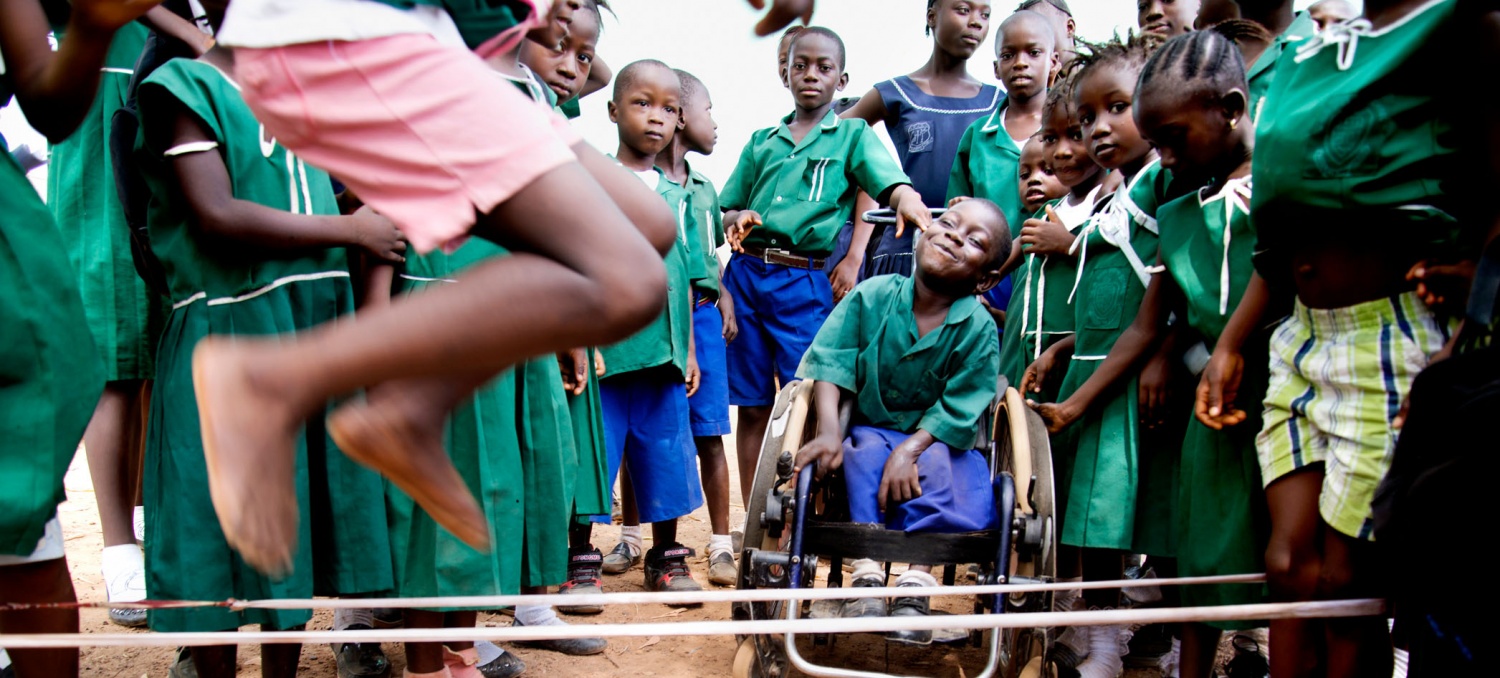График недели
The poorest 20% of households have more than the poorest 20% of children
Disparity by wealth commonly compares the bottom and top 20% of households, not of children. Yet, in most societies, poorer families have more children, on average: The poorest 20% of households tend to have more than one-fifth of all children. In India, the poorest 20% of households have 25% of all children, compared with 15% for the richest.

НОВОСТИ И БЛОГИ
Статистика месяца
Эти статистические данные взяты из материалов ВДМО
40%
беднейших стран
не смогли поддержать учащихся из группы риска во время кризиса COVID-19
1/4стран есть законы,
требующие, чтобы дети с ограниченными возможностями обучались в отдельных учреждениях
10%
СТРАН
есть законы, которые помогают обеспечить полное инклюзивное образование









